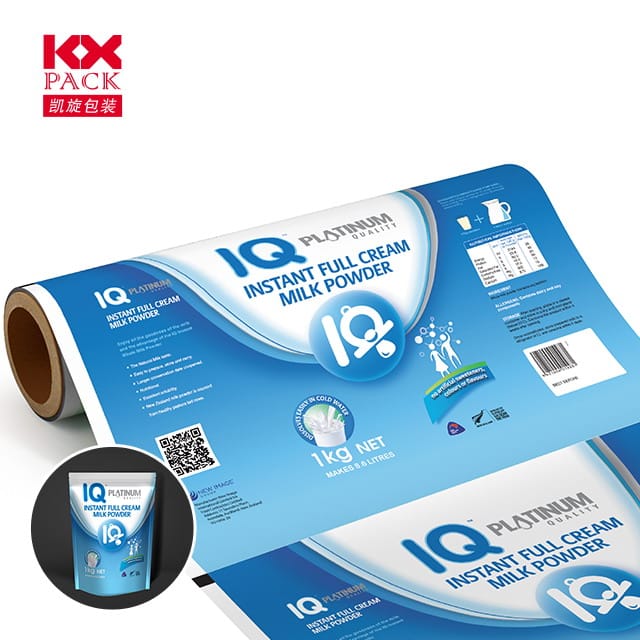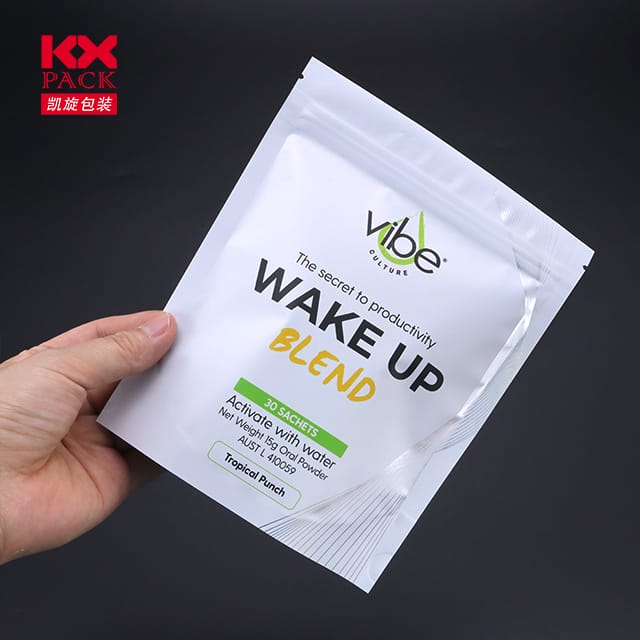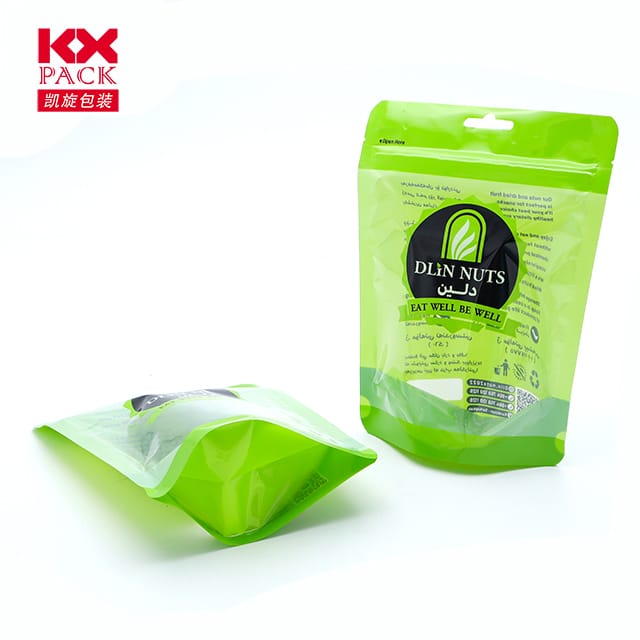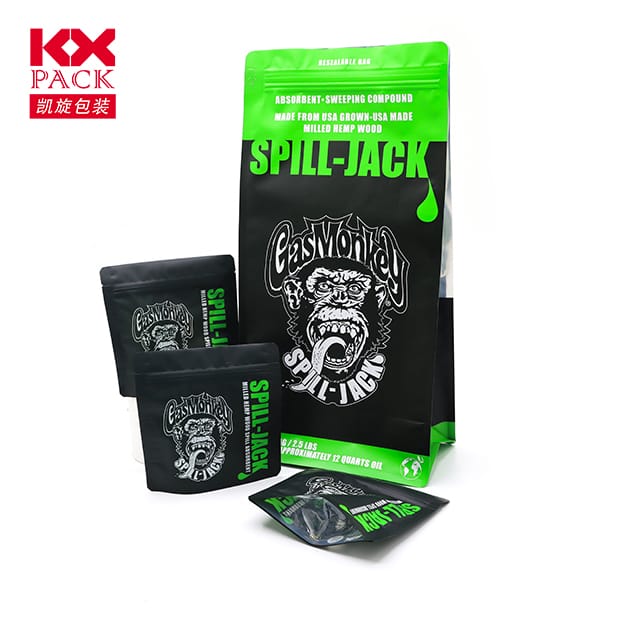O le pelu-pito o le pelu o le palasitika afifi ata: O le Feagaiga Vs. Siosiomaga aafiaga (2)
Laupepa palasitika ata
Folasaga
Laupepa palasitika ata, o le Uubiquious Debundript Stored puipuia a matou mea '' O fua, o se staple i potu faaonapo faaonapo faaonapo faaonaia. Ae, O lona faigofie e sau i le tau. I lenei pou, O le a matou suʻesuʻeina le siosiomaga tele o palasitika afifi i aso uma olaga, o lona siosiomaga faigata, ma faʻapefea ona mafai ona tatou faia ni filifiliga poto e aunoa ma faʻasalaga.
1. O le toa le mautonu o umukuka
Tatou amata i mea lelei. E le fetaui le Planssi:
- Faasaoina meaai: E oʻo atu ai i le pito i lalo o le tino o le faʻapolopolo e ala i le lokaina i le susu ma le poloka okesene.
- Kuka & Lafo: Mai le ufiufi o le paluga o le paluga i le gaoia o fualaau 'aina, O le vevela-tetee fesoasoani (A faʻaigoa microwave-saogalemu).
- Faalapotopotoga: Ipu faʻapipiʻi, Afifi tipi veggies, pe puipuia foi pepa-ona faaaogaina e alu i tua atu o le pusaaisa.
2. Le siosiomaga faafitauli
O le mea lenei o le tala na faia se suiga pogisa. Passward Plastic Pati e masani ona faia maipolyethylene (PE), O se petroleum-faʻavae palasitika e faʻaalu ai senituri.
- Filogia: Pepelo Laupepa palasitika ata Clogs Centfells, vaitafe, ma sami, afaina o meaola ma ecosystems.
- Tofotofoina luitau: Sili ona recycling nofoaga e le talia le palasitika afifi ona o le manifinifi, faaloaloa natura, o fea le masini Jams.
- Microplastics: E tusa lava pe faʻaleagaina, e malepe i microscopic fasimea, Tuʻuina i le eleele ma vai auala.
3. O se valaau mo suiga: Lagolagoina o isi auala
O Le Tala Lelei? O mea fou o loʻo sailia ai le palasitika afifi alamanuia. O le auala lenei e faʻaititia ai lou tulagavae:
- Tatala afifi: Beesewax-Coated ie poine po o le silika tapuni tapuni se taimi, E le manaia le fofo.
- O ata faʻapipiʻi: Faia mai mea toto e ala i mea (polylactic acid), o nei mea e fai ai i totonu o fale gaosi vaega.
- Mafaufau mafaufau: Aloese mai le soona faʻaaoga-filifili mo container ma tapuni pe a mafai, ma toe maitauina le afifi mama mo mea le-meaai.
4. Auala e Filifilia ai Atamai
A faʻatau le palasitika afifi, sue ane:
- “Oxodgradrable” Igoa: A o le le atoatoa, O nei mea na maua ai 加速 malepe i le tatalaina siosiomaga.
- Totogi Totogi: Siaki mo Bpi (Oloa biodegraduable oloa inisitituti) tusipasi.
- Lagolago eco-ituaiga: Kamupani pei o le Bee's afifi pe abeego faamuamua ma le gafataulimaina e aunoa ma le fetuunaia.
5. Lanu Laasaga, Tele Aafiaga
Suiga amata i le fale. I le faʻaitiitia o le faʻalagolago i le tasi-faʻaaoga plastics ma fautuaina mo sitaili sifi-pei o le faʻaleleia o le faʻaaogaina o le tumau-paʻu.
Fa'ai'uga
Laupepa afifi ata o se pelu lua-itu pelu: o se olaga i le umukuka ae o se taufaamatau i le paneta. A o le aveeseina atoa e le mafai ona po, Filifiliga Filifiliga Aso Nei e mafai ona faʻasaʻo le auala mo le lanumeamata taeao. Tatou afifi i luga o tatou mausa.
#Plasticfreevievieviseskinkitkitchen #oecoringeralters







